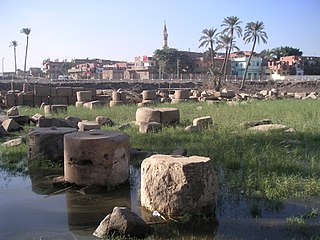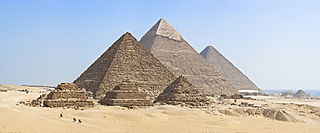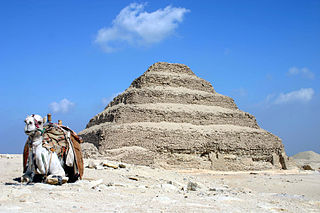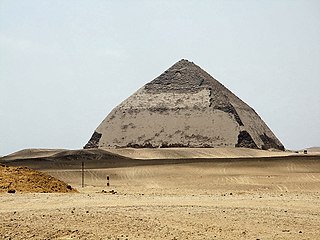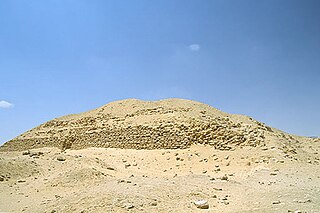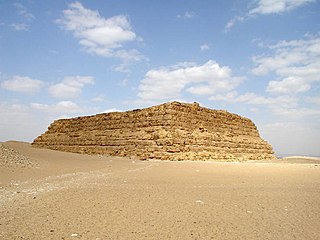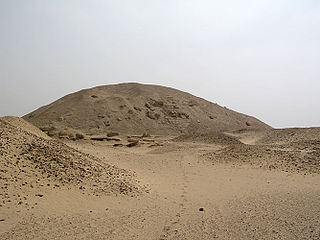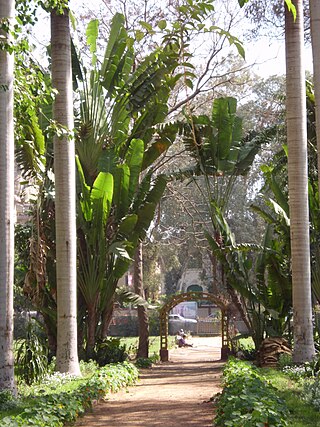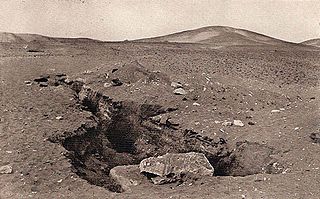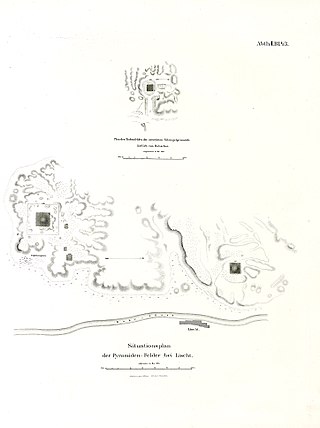12 Sights in Giza, Egypt (with Map and Images)
Legend
Premium Sights
Book tickets, guided tours and activities in Giza.
Guided Free Walking Tours
Book free guided walking tours in Giza.
Welcome to your journey through the most beautiful sights in Giza, Egypt! Whether you want to discover the city's historical treasures or experience its modern highlights, you'll find everything your heart desires here. Be inspired by our selection and plan your unforgettable adventure in Giza. Dive into the diversity of this fascinating city and discover everything it has to offer.
Activities in GizaMemphis, or Men-nefer, was the ancient capital of Inebu-hedj, the first nome of Lower Egypt that was known as mḥw ("North"). Its ruins are located in the vicinity of the present-day village of Mit Rahina, in markaz (county) Badrashin, Giza, Egypt.
2. Giza Pyramids
The Giza pyramid complex in Egypt is home to the Great Pyramid, the Pyramid of Khafre, and the Pyramid of Menkaure, along with their associated pyramid complexes and the Great Sphinx. All were built during the Fourth Dynasty of the Old Kingdom of ancient Egypt, between c. 2600 – c. 2500 BC. The site also includes several temples, cemeteries, and the remains of a workers' village.
3. Djoser Pyramid complex in Sakkara
The pyramid of Djoser, sometimes called the Step Pyramid of Djoser or Zoser, Step Pyramid of Horus Neterikhet is an archaeological site in the Saqqara necropolis, Egypt, northwest of the ruins of Memphis. It is the first pyramid to be built. The 6-tier, 4-sided structure is the earliest colossal stone building in Egypt. It was built in the 27th century BC during the Third Dynasty for the burial of Pharaoh Djoser. The pyramid is the central feature of a vast mortuary complex in an enormous courtyard surrounded by ceremonial structures and decoration.
4. Bent Pyramid
The Bent Pyramid is an ancient Egyptian pyramid located at the royal necropolis of Dahshur, approximately 40 kilometres (25 mi) south of Cairo, built under the Old Kingdom Pharaoh Sneferu. A unique example of early pyramid development in Egypt, this was the second of four pyramids built by Sneferu.
5. Layer Pyramid
The Layer Pyramid is a ruined step pyramid dating to the 3rd Dynasty of Egypt and located in the necropolis of Zawyet El Aryan. Its ownership is uncertain and may be attributable to pharaoh Khaba. The pyramid architecture, however, is very similar to that of the Buried Pyramid of king Sekhemkhet and for this reason is firmly datable to the 3rd Dynasty.
6. Pyramid of Khendjer
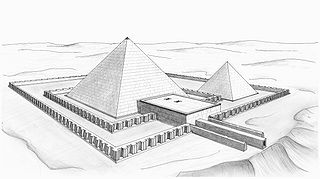
The pyramid of Khendjer was a pyramid built for the burial of the 13th dynasty pharaoh Khendjer, who ruled Egypt c. 1760 BC during the Second Intermediate Period. The pyramid, which is part of larger complex comprising a mortuary temple, a chapel, two enclosure walls and a subsidiary pyramid, originally stood around 37 m (121 ft) high and is now completely ruined. The pyramidion was discovered during excavations under the direction of Gustave Jéquier in 1929, indicating that the pyramid was finished during Khendjer's lifetime. It is the only pyramid known to have been completed during the 13th Dynasty.
7. Unfinished Northern Pyramid of Zawyet El Aryan
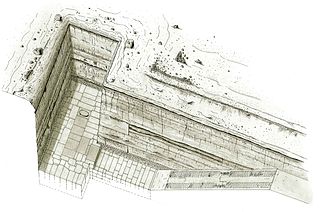
The Unfinished Northern Pyramid of Zawyet El Aryan, also known as Pyramid of Baka and Pyramid of Bikheris is the term archaeologists and Egyptologists use to describe a large shaft part of an unfinished pyramid at Zawyet El Aryan in Egypt. Archaeologists are generally of the opinion that it belongs to the early or the mid-4th Dynasty during the Old Kingdom period. The pyramid owner is not known for certain and most Egyptologists, such as Miroslav Verner, think it should be a king known under his hellenized name, Bikheris, perhaps from the Egyptian Baka. In contrast, Wolfgang Helck and other Egyptologists doubt this attribution.
Wikipedia: Unfinished Northern Pyramid of Zawyet El Aryan (EN)
8. Mastabat al-Fir’aun
The Mastabat al-Fir'aun is the grave monument of the ancient Egyptian king Shepseskaf, the last king of the Fourth Dynasty documented to date. It is located in South Saqqara halfway between the Pyramid of Djoser at Saqqara and the pyramids of Sneferu, the founder of the Fourth Dynasty, at Dahshur. The structure is located close to the pyramid of Pepi II, a ruler of the Sixth Dynasty. The stone quarry for the structure is located west of the Red Pyramid of Sneferu.
9. Pyramid Senusret I
The pyramid of Senusret I is an Egyptian pyramid built to be the burial place of the Pharaoh Senusret I. The pyramid was built during the Twelfth Dynasty of Egypt at el-Lisht, near the pyramid of his father, Amenemhat I. Its ancient name was Senusret Peter Tawi.
10. Orman Botanic Garden
The Orman Garden is one of the most famous Botanical gardens in Egypt. It is located at Giza, in Cairo. It dates back to 1875 and the reign of Khedive Isma'il Pasha who established the garden on a larger site than it presently occupies as part of the Palace of the Khedive. A great lover of gardens, the Khedive entrusted the design of the garden to the French landscaper Jean-Pierre Barillet-Deschamps. It became a public botanical garden in 1910/1917 and put under the Ministry of Agriculture management.
11. Southern Mazghuna pyramid
The Southern Mazghuna Pyramid is an ancient Egyptian royal tomb which was built during the 12th or the 13th Dynasty in Mazghuna, 5 km south of Dahshur, Egypt. The building was never finished, and is still unknown which pharaoh was the owner, since no appropriate inscription have been found. The pyramid was rediscovered in 1910 by Ernest Mackay and excavated in the following year by Flinders Petrie.
12. Northern Mazghuna pyramid
The Northern Mazghuna Pyramid is an ancient Egyptian royal tomb which was built during the 12th or 13th Dynasty in Mazghuna, 5 km south of Dahshur. The building remained unfinished, and it is still unknown which pharaoh was really intended to be buried here since no appropriate inscription has been found.
Share
How likely are you to recommend us?
Disclaimer Please be aware of your surroundings and do not enter private property. We are not liable for any damages that occur during the tours.
